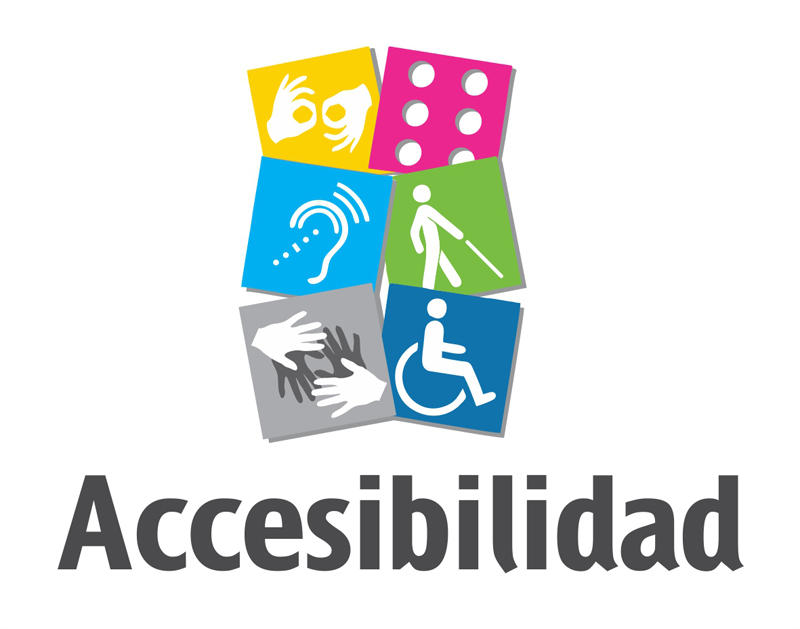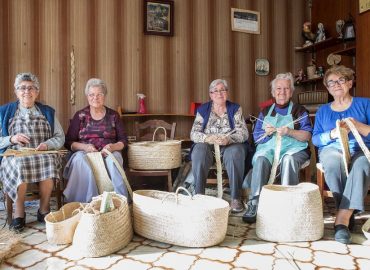Accessibility is a much broader concept than simply adapting physical spaces. It goes beyond installing ramps or signage: it’s about ensuring the full and equal participation of all people in society. It’s not just about physically entering a place, but about the real possibility of interacting, understanding, communicating, and feeling like a part of an environment. It must be understood as a human rights issue, not as a favor or a concession. That’s why it’s essential to recognize that each person experiences accessibility differently, and there is no single or definitive model for achieving it.
One of the main challenges is letting go of the idea that accessibility is something achieved once and for all. In reality, it’s a continuous, progressive, and ever-evolving process. Not everything is accessible to everyone at all times, but that doesn’t mean we can’t make progress. The key lies in broadening the scope, in taking concrete steps — no matter how small — toward more inclusive environments. We must not fall into the trap of “all or nothing,” because even partial actions can make a real difference in people’s lives. Accessibility is built through commitment, listening, and the willingness to share the world with others.

Universal Accessibility. Let’s just take the time to understand and see what’s in front of us.
This approach involves reviewing multiple dimensions: not just physical accessibility, but also digital, communicational, emotional, and cultural. It’s necessary to consider how messages are conveyed, how information is accessed, how people interact socially, and how safe and welcoming spaces are created for everyone. The transformation is not only structural; it’s also educational and cultural. Changing ableist attitudes, challenging phrases that infantilize or limit people with disabilities, and placing their rights, autonomy, and dignity at the center is an essential part of the process.
Finally, to move beyond accessibility as a technical or isolated concept, it’s vital to generate social awareness. How do we achieve this? Through campaigns, training, accessible materials, and clear, empathetic communication. Listening to the voices of those who face barriers every day is a powerful tool for transforming realities. Speak, ask, listen, care, understand. It’s not that hard.
Creating accessible spaces not only benefits those who face obstacles — it improves the experience for the entire community. Committing to accessibility means committing to a fairer, more respectful, and more compassionate society.
Are you ready to be part of the change?
Let’s build a future for everyone!
No exceptions!





